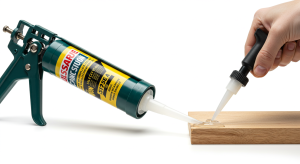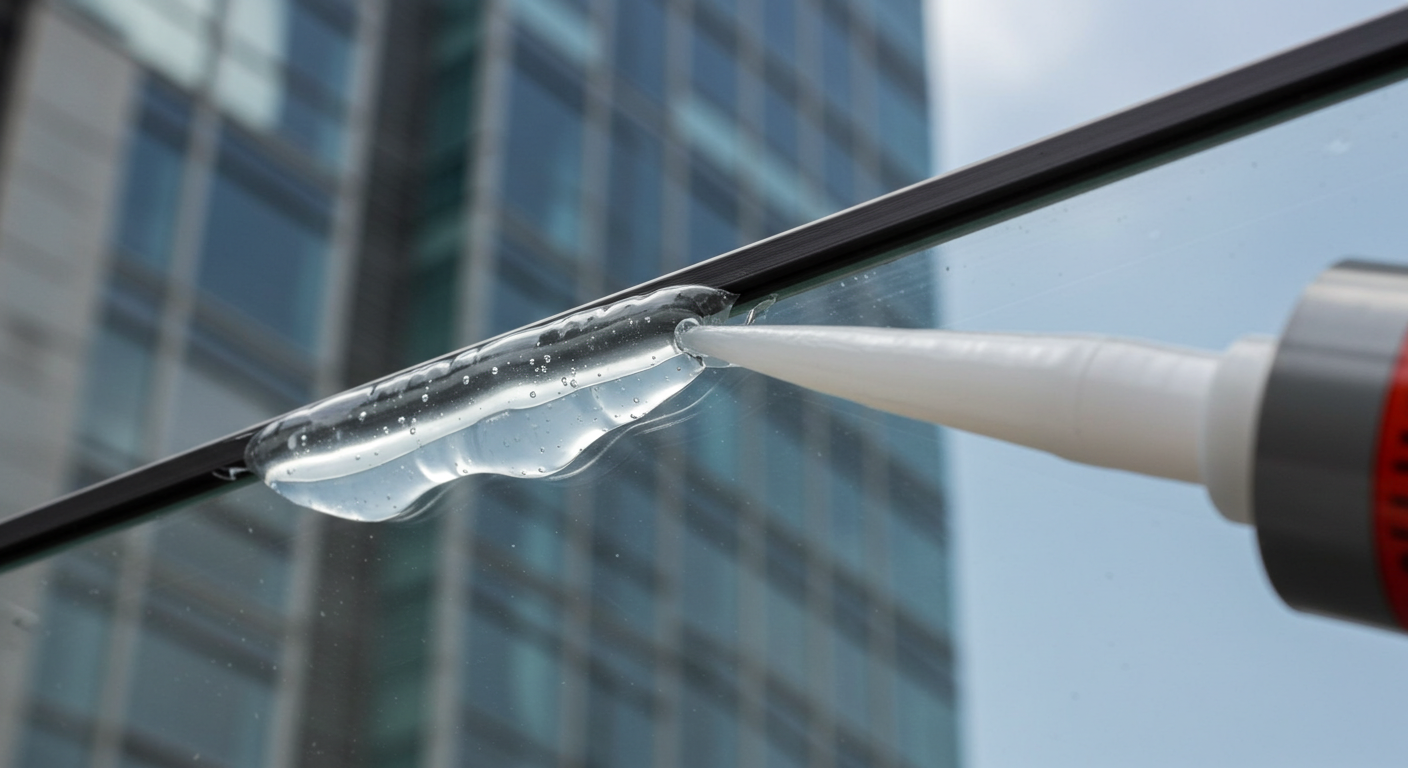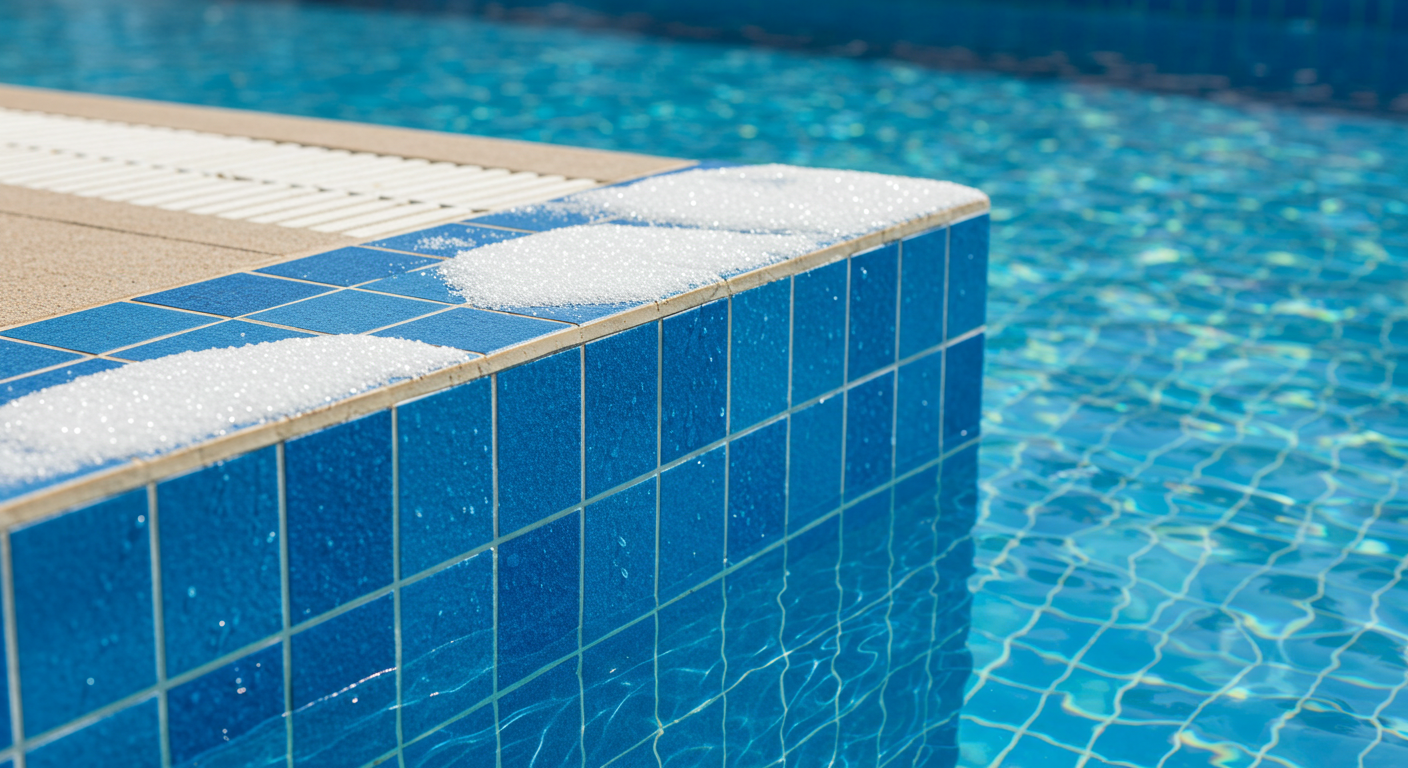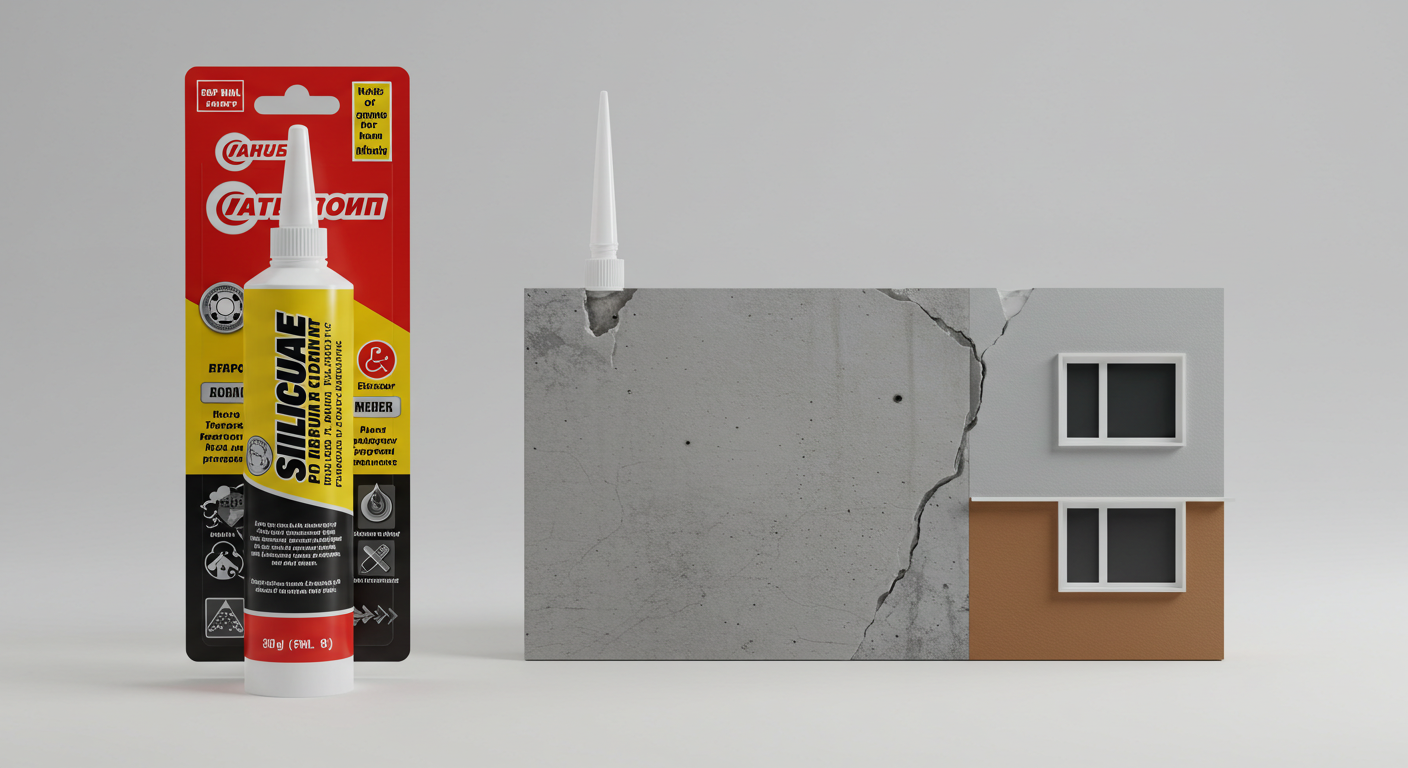Premium Silicone Sealant for Sealing Joints
2025-02-01

Sealing joints is a crucial aspect of construction, maintenance, and home improvement projects. Whether you’re sealing windows, doors, bathtubs, or structural components, choosing the right sealant can make all the difference in ensuring long-lasting protection. Premium silicone sealant is the ideal solution for creating durable, flexible, and watertight seals across various surfaces. This guide explores its benefits, common applications, how to choose the right one, and best practices for applying it to achieve optimal performance and longevity.
Why Premium Silicone Sealant is the Best Choice for Sealing Joints
Premium silicone sealants have gained immense popularity due to their exceptional performance and versatility. Unlike other types of sealants such as acrylic or polyurethane, silicone offers a combination of flexibility, weather resistance, and long-lasting protection that is hard to match.
Superior Waterproofing Properties
Premium silicone sealant forms an impenetrable waterproof barrier, making it perfect for areas constantly exposed to water. It prevents moisture from seeping into surfaces and damaging surrounding structures, protecting bathrooms, kitchens, and exterior spaces from leaks and water infiltration.
High Flexibility and Movement Accommodation
Unlike traditional sealants, silicone remains highly flexible after curing, allowing it to absorb movement without cracking. This flexibility is especially useful for joints that experience expansion and contraction due to temperature changes or structural shifts. Whether sealing joints in walls, roofs, or windows, silicone maintains its integrity and adhesion over time.
Long-Term Durability and Weather Resistance
Premium silicone sealants are designed to withstand extreme environmental conditions, including UV radiation, rain, snow, and temperature fluctuations. This makes them ideal for outdoor use where they won’t degrade or lose effectiveness even after years of exposure. Their resistance to weather elements ensures reliable performance and protection.
Strong Adhesion to Various Surfaces
One of the biggest advantages of silicone sealants is their ability to bond with multiple surfaces. They adhere well to materials such as glass, metal, ceramic, plastic, wood, and even concrete. This versatility allows for their use in a variety of sealing applications, from bathroom fixtures to glazing projects.
Mold and Mildew Resistance
In humid environments like bathrooms, mold and mildew growth can become a significant issue. Many premium silicone sealants come with antimicrobial additives that prevent the growth of mold, keeping the sealed areas clean and hygienic.
Common Applications of Premium Silicone Sealant
Silicone sealants are versatile and widely used across different construction and maintenance tasks. Knowing where to apply them ensures you get the best results.
Sealing Bathroom and Kitchen Fixtures
Bathrooms and kitchens are constantly exposed to moisture and water splashes, making them vulnerable to leaks and mold growth. Silicone sealants are commonly applied around sinks, bathtubs, showers, and countertops to prevent water from seeping into walls and cabinets.
Window and Door Sealing
Air leakage around windows and doors can cause drafts, energy loss, and even water damage during heavy rain. Applying silicone sealant to the joints helps prevent air and water infiltration, improving energy efficiency and protecting your home.
Roofing and Gutter Sealing
Roofs and gutters are exposed to the elements, and leaks can cause significant damage. Silicone sealant is used to seal roof joints, flashing, and gutter seams, creating a watertight barrier that prevents leaks and prolongs the life of the roof.
HVAC System Sealing
In HVAC systems, preventing air leaks is crucial for energy efficiency and proper temperature regulation. Silicone sealants are applied to ducts, vents, and other HVAC components to ensure that conditioned air doesn’t escape.
Glass and Glazing Applications
Silicone sealants are widely used in glazing projects to seal gaps between glass panels and frames. Their transparency and weatherproof nature make them an excellent choice for windows, glass doors, and curtain walls, providing a clean, protective seal.
How to Choose the Right Premium Silicone Sealant
Selecting the right silicone sealant ensures that your project is successful and long-lasting. Consider the following factors to make an informed choice.
Compatibility with Surfaces
Ensure that the sealant you choose adheres well to the specific materials you are working with. Silicone sealants typically work on glass, metal, ceramic, and plastic, but it’s best to check the manufacturer’s recommendations.
Intended Use and Environment
Determine whether the sealant will be used indoors or outdoors, as some products are specially formulated for certain conditions. For outdoor use, choose a sealant with UV and weather-resistant properties.
Waterproof and Mold-Resistant Properties
If you’re working in high-moisture areas like bathrooms or kitchens, select a sealant with waterproof and antimicrobial properties. This will prevent mold and mildew growth and ensure a long-lasting, watertight seal.
Curing Time and Temperature Requirements
The curing time of the sealant can impact the overall timeline of your project. Some silicone sealants cure within a few hours, while others may take up to 24 hours or more. Ensure that the application environment—temperature and humidity—meets the manufacturer’s guidelines for optimal curing.
Color Options
Silicone sealants are available in various colors, including clear, white, and custom shades. Choose a color that blends seamlessly with the surrounding materials to achieve an aesthetically pleasing finish.
Step-by-Step Guide to Applying Premium Silicone Sealant
Proper application is essential to ensure the sealant forms a durable and effective barrier. Follow these steps to achieve the best results.
Prepare the Surface
Clean the surface thoroughly to remove dust, grease, and old sealant. Use a utility knife or scraper to eliminate residue and ensure the area is smooth and free of debris. Wipe the surface with a cleaning solution or rubbing alcohol and let it dry completely.
Apply Masking Tape
For a clean and precise finish, apply masking tape along both sides of the joint. This will help create straight lines and prevent excess sealant from spreading.
Cut the Nozzle and Load the Caulking Gun
Cut the nozzle of the sealant tube at a 45-degree angle to control the application. Load the tube into a caulking gun and ensure it is secure.
Apply the Sealant
Squeeze the caulking gun trigger while moving steadily along the joint, applying an even bead of sealant. Ensure the bead is thick enough to fill the gap completely without overapplication.
Smooth the Sealant
Use a smoothing tool or your finger (dipped in soapy water) to smooth the sealant and ensure proper adhesion. This step also removes air pockets and creates a neat finish.
Remove the Masking Tape
Carefully peel off the masking tape before the sealant begins to cure. This will leave clean, sharp edges.
Allow the Sealant to Cure
Follow the manufacturer’s instructions regarding curing time. Avoid touching or disturbing the area until the sealant has fully cured.
Maintenance and Longevity of Silicone Sealed Joints
Maintaining silicone-sealed joints ensures they remain effective for years.
Regular Cleaning
Clean sealed areas with mild soap and water to remove dirt and debris. Avoid abrasive cleaners that could damage the sealant.
Inspect for Damage
Periodically check for signs of cracking, peeling, or gaps. Address any damage promptly by cleaning the area and reapplying the sealant if needed.
Reapply When Necessary
Over time, even high-quality silicone sealants may require reapplication. Monitor high-moisture areas regularly to ensure the seals remain intact.
Common Mistakes to Avoid When Applying Silicone Sealant
Avoiding common errors during application will help you achieve the best results.
Skipping Surface Preparation
Failure to clean and prepare the surface can lead to poor adhesion and premature failure. Always take time to clean the area thoroughly.
Overapplying or Underapplying Sealant
Too much sealant can create a messy appearance, while too little may leave gaps. Aim for a consistent and even bead along the joint.
Ignoring Curing Time Guidelines
Using the sealed area before the sealant has fully cured can compromise its effectiveness. Always follow the manufacturer’s recommended curing time.
Conclusion
Premium silicone sealant is an essential tool for sealing joints in various applications, offering exceptional flexibility, waterproofing, and long-lasting protection. Whether you’re sealing a bathroom fixture, window, or roof joint, selecting the right product and applying it correctly will ensure effective, long-term results. With regular maintenance and proper care, silicone-sealed joints can provide years of reliable performance, safeguarding your property against moisture, air leakage, and environmental damage.




